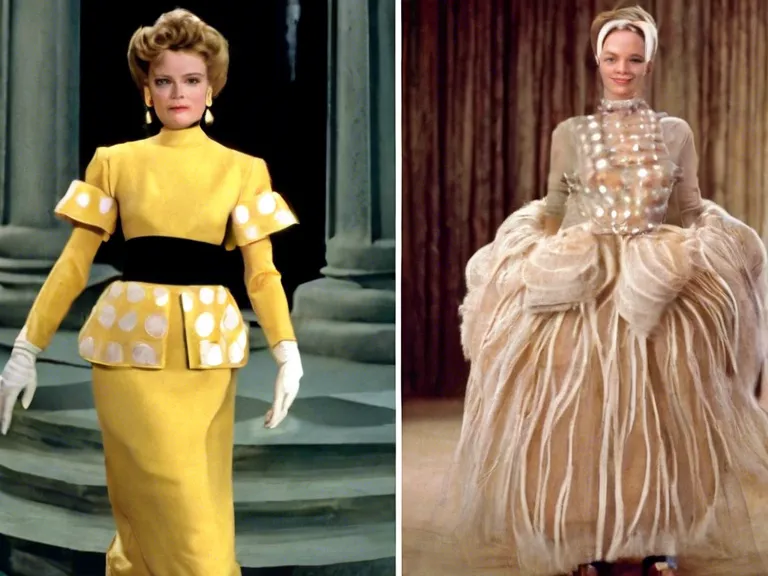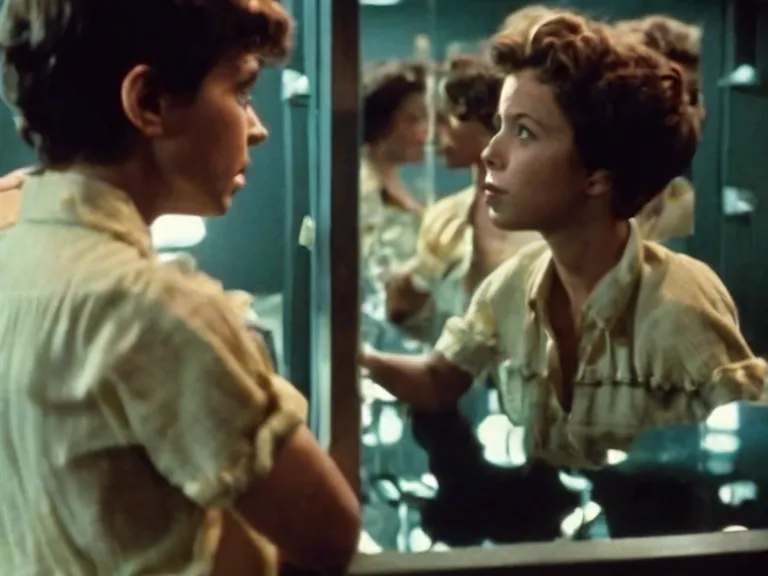
Fashion has always played a significant role in the world of cinema, reflecting the trends and societal norms of each era. From the glamorous gowns of old Hollywood to the edgy streetwear of modern films, the evolution of fashion in film serves as a cultural reflection of the times. As audiences have changed, so too have the styles portrayed on the silver screen.
In the early days of cinema, costume designers created elaborate wardrobes inspired by the fashion of the time. Films like "Gone with the Wind" showcased the opulence of the antebellum South, with Scarlett O'Hara's iconic green velvet dress becoming a symbol of timeless elegance. As the decades passed, filmmakers began to experiment with more avant-garde styles, pushing the boundaries of what was considered fashionable.
The 1960s and 70s saw a shift towards more casual and bohemian fashion in film. Characters like Annie Hall in Woody Allen's film of the same name popularized menswear-inspired looks for women, while films like "Easy Rider" embraced a rebellious, anti-establishment aesthetic. This era marked a turning point in Hollywood fashion, as costume designers began to incorporate street style and counterculture influences into their creations.
In recent years, diversity and inclusion have become increasingly important in the world of fashion and film. Costume designers are now incorporating a wider range of styles and body types into their work, reflecting the changing cultural landscape. From superhero films featuring strong, empowered female characters to independent films showcasing the unique voices of marginalized communities, fashion has become a tool for storytelling and representation on screen.
As we look to the future, it is clear that the evolution of fashion in film will continue to mirror the ever-changing world around us. From vintage-inspired looks to cutting-edge futuristic designs, cinema will always be a reflection of the cultural zeitgeist. And through the lens of fashion, we can gain a deeper understanding of the societal norms, values, and aspirations of each era.

